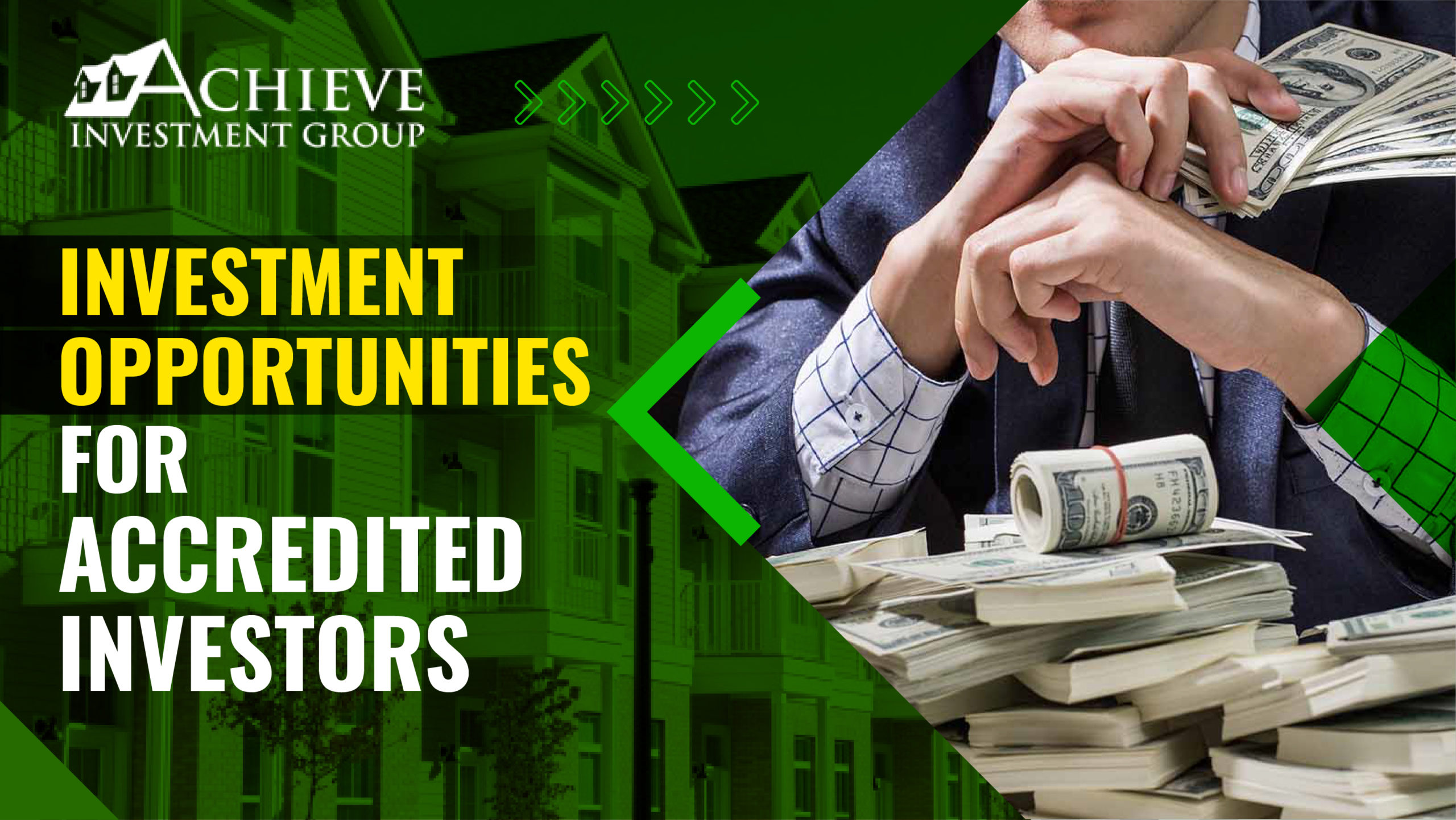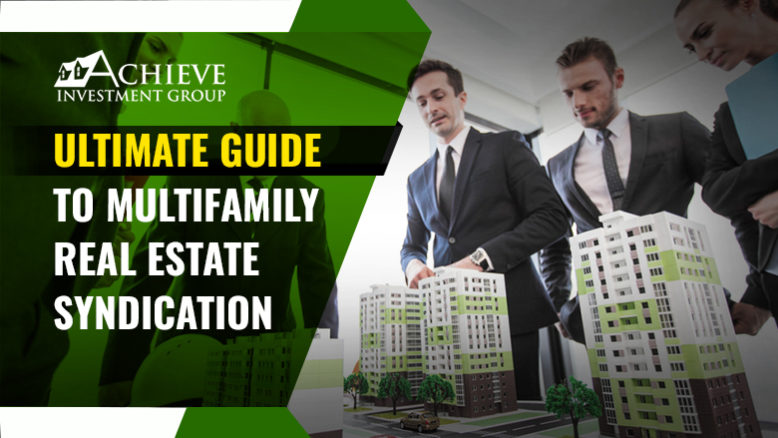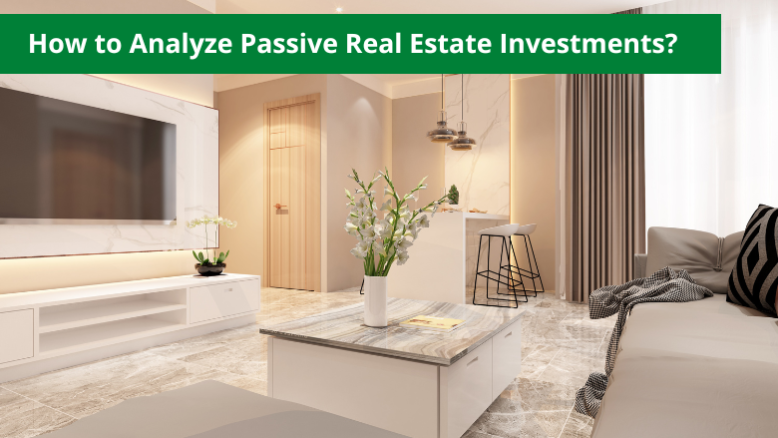Personal Tax savings is one of the primary reason many people like Multifamily as an Investment vehicle. We are bringing my Tax CPA to explain how Multifamily Investment impacts your personal income taxes. Learn what is a K1 form and how to read them correctly, Why Multifamily tax benefits beat Self Storage, Office, Retail, Warehouse asset classes. New 2018 Tax Laws benefits such as Bonus Depreciation, Cost Segregation etc.
Is It Good Time To Invest In Real Estate?
Recently, the U.S. labor department data suggested that the annual inflation rate in the US accelerated to 9.1% in June of 2022, the highest since November 1981. Inflation is a volatile variable when it comes to managing your portfolio. The effects of inflation can devastate your assets, as we have seen in the wake of a downturned economy, war, political unrest, a disturbance in resource availability, or a chilling response to a surging global pandemic. Inflation means that your money doesn’t go as far as it used to. This is true whether you like it or not, and while nobody likes losing money, some people always seem to profit from inflation. What do they know that we don’t know? Multifamily real estate can be an excellent hedge against inflation. To understand why it’s essential to know how inflation works and how it affects the value of money. And when you know those things, you may discover that multifamily real estate can help you protect yourself from inflation’s adverse effects—and even profit from it. Before you begin to understand how residential real estate appraisals differ from commercial multifamily appraisals, it’s important to understand the different approaches these two types of properties take in arriving at their values. Commercial vs. Residential Appraisals Commercial real estate, unlike residential, is appraised using the income method. The more income property brings in, the more it is worth. The commercial real estate valuation formula is Value = Net Operating Income / Capitalization Rate. Net Operating Income (NOI) equals all revenue from the property (all rents, fees, and other income), minus all reasonably necessary operating expenses. Capitalization Rate (Cap rate) indicates the rate of return that is expected to be generated on a real estate investment property. Cap rates are expressed as percentages and vary from market to market. Within each market, cap rates have a historical range. For example, if a property had $300,000 in NOI and the cap rate in that market was 5%, you’d expect it to be valued at around $10 million ($300,000 / 5% = $6 million). Have You Heard About C.A.P.T? Among the key concepts, you should be familiar with are cash flow, appreciation, principal paydown, and tax benefits. Cash flow is the current and ongoing payments to the investor from rents. It is also referred to as yield. In addition to yield, there is equity growth from the appreciation of the property and paying down the mortgage each month. This equity component is realized upon liquidation of an apartment building—we’ll look at an example below to see why this makes apartment investments so attractive. Multifamily real estate has a long track record of beating inflation. Over the last 43 years, multifamily has beaten the inflation rate 37 times. In comparison, the S&P 500 has only beaten inflation 29 times. How can multifamily provide these more stable and consistent inflation-busting returns? Let me run you through three different scenarios: one in which rent growth exceeds CPI, another in which rent growth equals CPI, and a third in which rent growth lags behind CPI. Our hypothetical apartment investment looks like this: 100 – unit property $10 million valuation $1 million in gross operating income (GOI) $500,000 in operating expenses $500,000 net operating income (NOI) 5% cap rate (steady) 5% inflation rate (CPI) 7% rent growth (case #1) 5% rent growth (case #2) 3% rent growth (case #3) Case #1 – High Inflation / Higher Rent Growth When inflation rises, apartment rents tend to rise even more quickly. Since multifamily properties have short lease contracts—typically no longer than one year—they are nimble enough to respond to inflationary pressures and raise their rents in response. This is a real benefit for apartment investors that is not available to other segments of the commercial real estate space. Typically office, retail, and industrial properties utilize longer-term contracts making it difficult for them to respond to inflation. As a result, the only way for them to achieve higher rent growth than CPI is through the re-leasing property at higher rates than those specified in their leases. In this case, we are assuming a 7% rent growth and a 5% inflation rate. GOI – $1 million x 7% rent growth = $1,070,000 Expense growth – $500,000 x 5% inflation = $525,000 NOI – $1,070,000 – $525,000 = $545,000 NOI = $545,000 Our NOI increased by $45,000, so it is clear that our net distributable cash flow (yield) to the investors increased. Now let’s use that NOI number to see how much our equity grew. Value = NOI / Cap rate $545,000 / 5% = $10,900,000 Value = $10,900,000 So, in this case, our yield increased by $45,000 (from $500,000 to $545,000), and the value of our property increased by $900,000 (from $10 million to $10.9 million). We are not losing money to inflation; both values are increasing equally. Obviously, this is an ideal situation for the investor. But what happens if rent growth does not exceed the rate of inflation? What if they both go up equally? Case #2 When High Rent Growth Equals/Keeps Up With High Inflation In this case, both the rate of inflation and rent growth are equal at 5%. Let’s do the math. GOI – $1 million x 5% rent growth = $1,050,000 Expense growth – $500,000 x 5% inflation = $525,000 NOI – $1,050,000 – $525,000 = $525,000 NOI = $525,000 Value = NOI / Cap rate $525,000 / 5% = $10,500,000 Value = $10,500,000 Even when rent growth merely keeps up with inflation, the investor still wins (and profits from inflation). An increase in income of 5% equates to a less than $42 increase in rent for each unit per month. The owner’s expenses also went up 5%, costing him or her less than $21 per unit. The increase in yield is cash in your pocket as well as an increase in the equity value of the property. Everybody wins here. Case #3 When the Rent Growth Lags behind High Inflation … Read more







